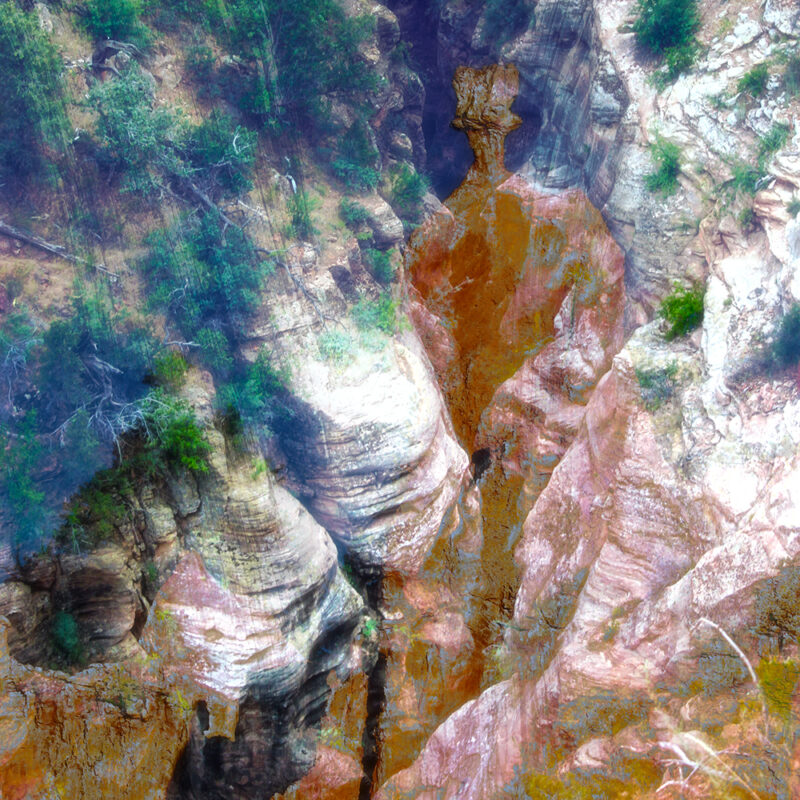In the vast expanse of human knowledge, history stands as a monumental edifice, its foundations laid by countless hands across the ages. Yet, for all its grandeur, this structure remains largely unseen by the common eye, its intricate details lost in the shadows of time.
Imagine, if you will, a great tapestry woven from threads of memory and experience. Each thread, a unique perspective; each knot, a moment frozen in time. We, the present observers, run our fingers over its surface, feeling the texture of ages past, but never fully grasping the entirety of its design.
This tapestry, this collective knowledge, is not a perfect reflection of what was, but rather a mosaic of individual perceptions. Each piece, carefully placed by hands both gentle and rough, carries within it the bias of its creator. And so, what we “know” of history is but a filtered image, viewed through lenses ground by time and circumstance.
Consider, then, a cosmic ledger where the accuracy of our historical understanding is meticulously recorded. With each passing year, each passing century, the entries grow more uncertain, more prone to error. It’s as if time itself is a erosive force, slowly wearing away at the sharp edges of fact until only smooth, ambiguous shapes remain.
But time is not the only sculptor of our historical understanding. The very society that seeks to preserve history also shapes it, molding the past to fit the contours of the present. Like a river carving its path through rock, the collective consciousness of each era leaves its mark on the stories we tell of those who came before.
In this light, history reveals itself not as an immutable truth, but as a living, breathing entity. It grows and changes, adapting to the climate of each new age. What we accept as historical fact is, in many ways, a reflection of our own time – a mirror that shows us not just what was, but what we believe should have been.
Yet, amidst this sea of uncertainty, there exist islands of truth – small, solid kernels of fact that resist the erosion of time and interpretation. These fragments of the past, burnished by the passage of years, shine with an inner light that cuts through the fog of conjecture and assumption.
But how can we be sure? In our quest for certainty, we often mistake belief for knowledge, conviction for truth. We cling to accepted narratives, our faith in them reinforcing their perceived validity. It’s a circular dance, where our desire for surety creates the very certainty we seek.
Oh, to break free from this cycle! To slip the bonds of our limited perspective and plunge headlong into the raw, unfiltered past. Imagine a device that could transport us through the veils of time, allowing us to witness history as it unfolds. To stand in the shadow of the pyramids as they rise from the desert sands, to hear the thunderous debates of ancient philosophers, to feel the earth tremble beneath the hooves of conquering armies.
Such a journey would be more than mere observation – it would be a communion with the very essence of our shared human experience. To breathe the air of ages past, to lock eyes with those long dead, to become, for a moment, a part of the living tapestry of history.
Yet, even without such miraculous means, we are all, in a sense, time travelers. We move not through space, but through the ever-shifting landscape of historical understanding. With each step forward, we carry the weight of countless perspectives, each one a tiny universe of truth and misconception.
As we journey on, we must remember that history is not just a story we tell – it’s a living, breathing part of who we are. It challenges us to look deeper, to question more, and to embrace the beautiful complexity of our shared past. In doing so, we may find that the true value of history lies not in its absolute accuracy, but in its power to connect us to the vast, unbroken chain of human experience that stretches from the dawn of time to this very moment.
And so, we continue our quest, forever seeking, forever questioning, forever marveling at the echoes that reverberate through the corridors of time.
